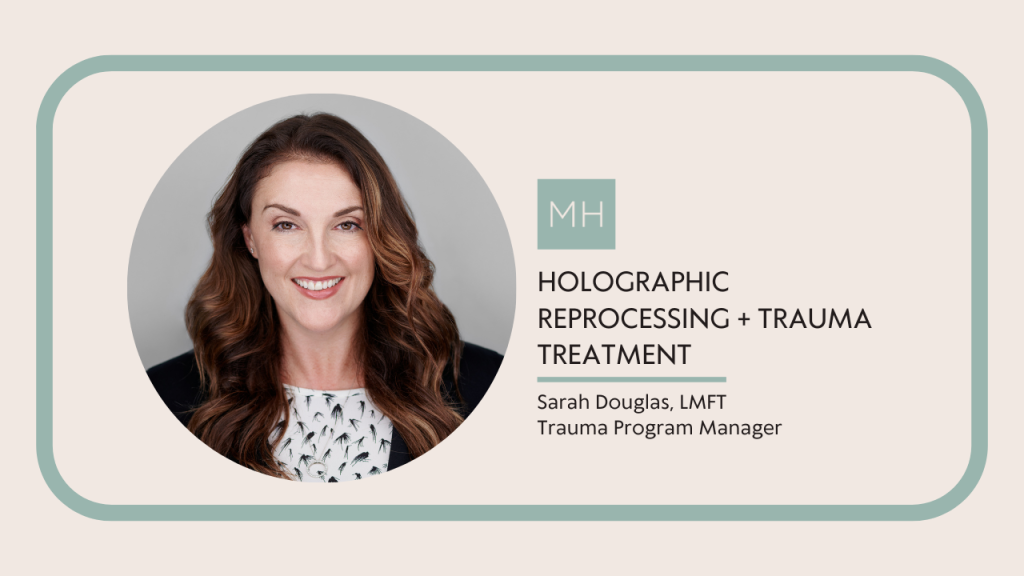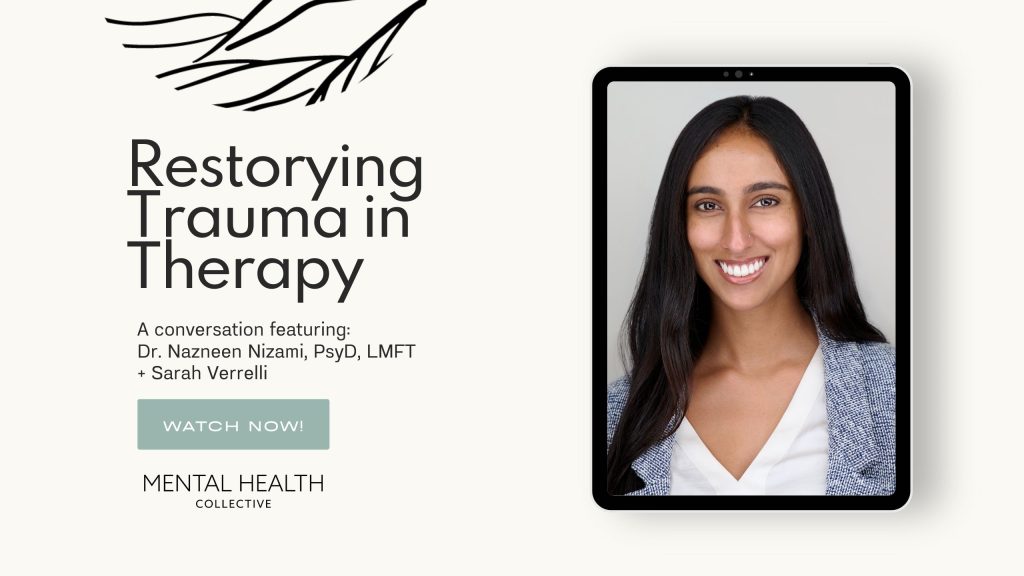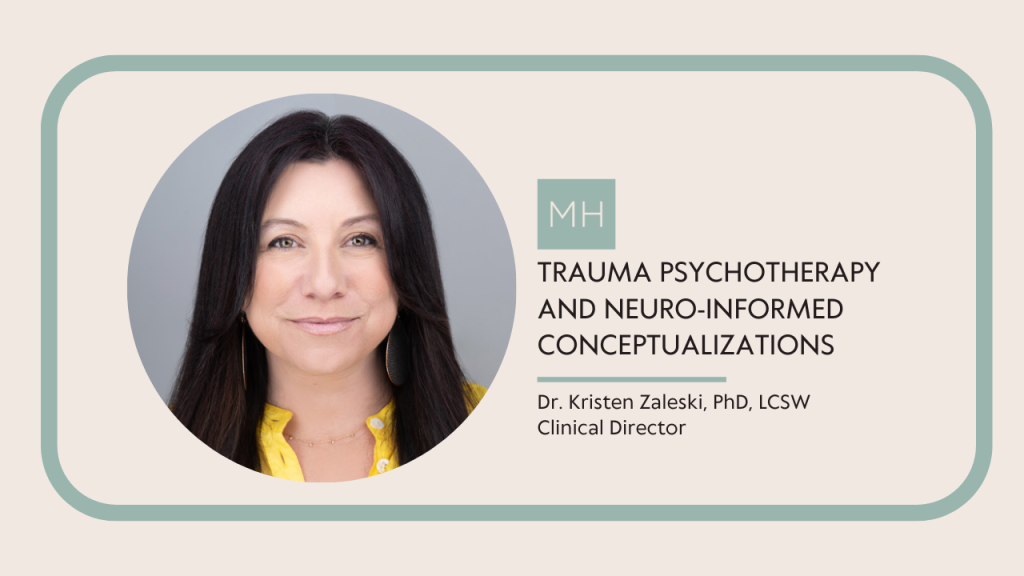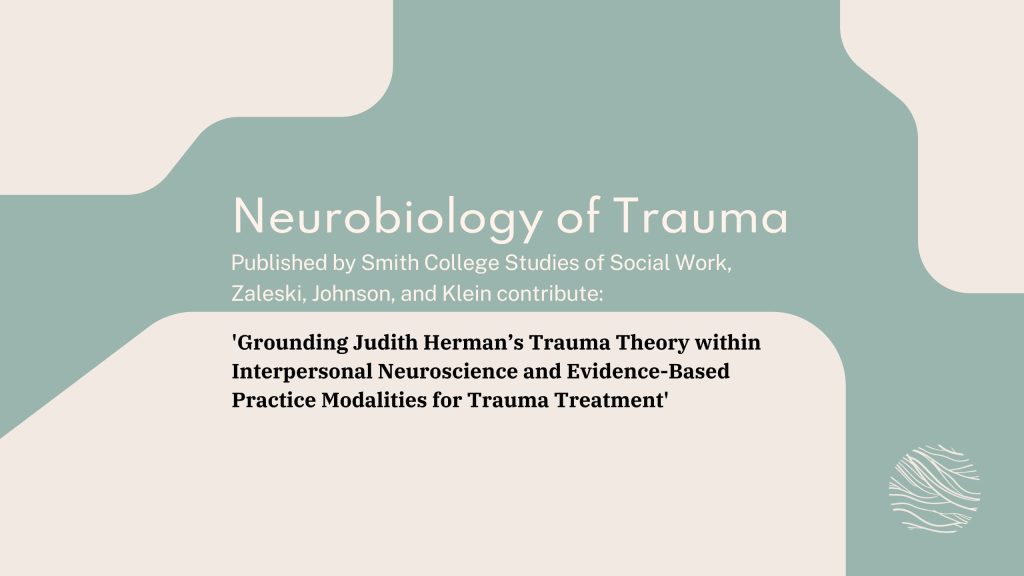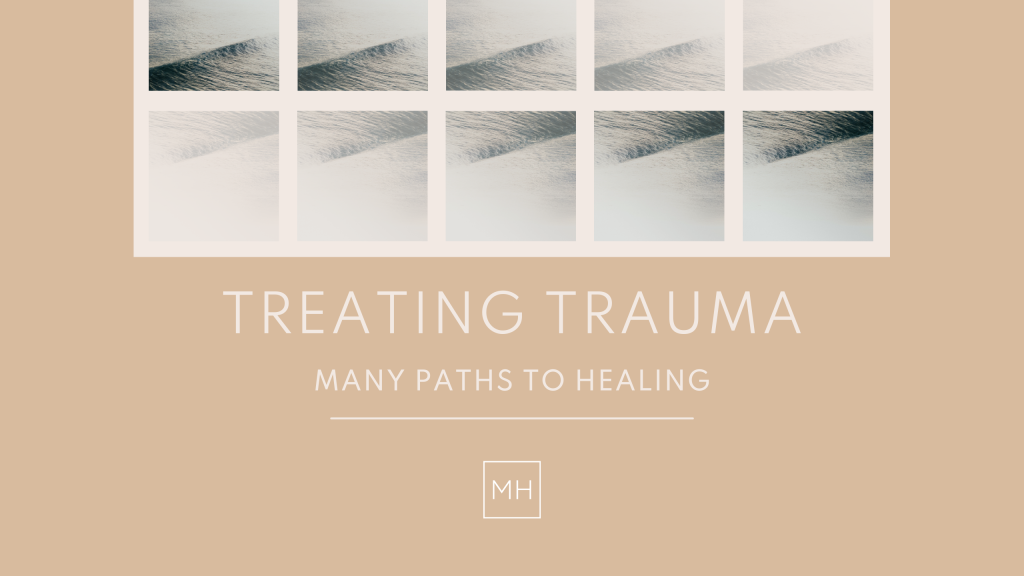IDENTIFYING TRAUMA VS GRIEF
INTERVIEW WITH SARAH DOUGLAS, LMFT :: TRAUMA PROGRAM MANAGER
HOW DO YOU IDENTIFY TRAUMA?
We’re always at the beginning asking what somebody’s subjective unit of distress is related to the target that we are working on. And what I tell people is to recognize the difference between trauma and grief is that the trauma is fear-based. It’s terrifying. There’s distress.
HOW DO YOU IDENTIFY GRIEF?
Grief feels sad. It feels heavy, but it’s not terrifying. There’s the loss feeling. When a person’s working through their trauma initially and their subjective unit of distress is high, it’s not sad, it’s terrified, it’s shaking in their bodies, it’s feeling the tremors, it’s feeling maybe even paralysis. It is a felt sense of fear and terror. Grief in the body, it feels sad and there’s the loss. And so when I’m asking people, when I know that we’re making the progress, they said, “what’s your SUD?” And they’ll tell me. And I said, “do you think it’s fear or do you think it’s sadness and grief?” And they can differentiate, and I can see the difference of sadness or terror.
Once you get through the reconstructing of the memory, and they’ve been able to process those emotions that they didn’t get to process at the time that the trauma has happened, and that’s if we’re talking about event trauma. When we’re talking about developmental trauma that has been pervasive and ongoing and chronic, we’re gonna work through the PTSD symptoms and then we’re gonna work through a great deal of grief.
BIO :: SARAH DOUGLAS, LMFT
Originally from Ontario, Canada, Sarah Douglas joined The Mental Health Collective team in 2019 after working at the Veteran Affairs Healthcare System for 10+ years.
UNIVERSITIES + DEGREES: Chapman University [MA, Psychology, emphasis in Marriage and Family Therapy], Trent University [BA, Psychology]
CLINICAL SPECIALIZATION: Since 2009, Sarah has specialized in providing clinical care to individuals who have experienced trauma and the resulting symptoms including complex PTSD, PTSD, personality disorders, depression, anxiety, and relational distress. Sarah’s extensive training and experience in treating trauma make her the perfect fit to oversee the trauma program at the Collective. Sarah’s approach to treatment is integrative drawing upon multiple evidence-based treatments to create a truly customized treatment plan for clients. Cognitive Processing Therapy (CPT), Prolonged Exposure (PE), Eye Movement and Desensitization Reprocessing (EMDR), and Holographic Reprocessing are some of the evidence-based interventions Sarah is both trained and experienced in utilizing. This wide breadth of knowledge allows Sarah to address the often-complex symptom presentation our clients present with. Sarah is also comprehensively trained and experienced in facilitating Dialectical Behavioral Therapy (DBT) and relies upon this versatile skill set to aid clients in becoming the best versions of themselves.
DO YOU HAVE A QUESTION?
Send our team a message or call 888.717.9355
